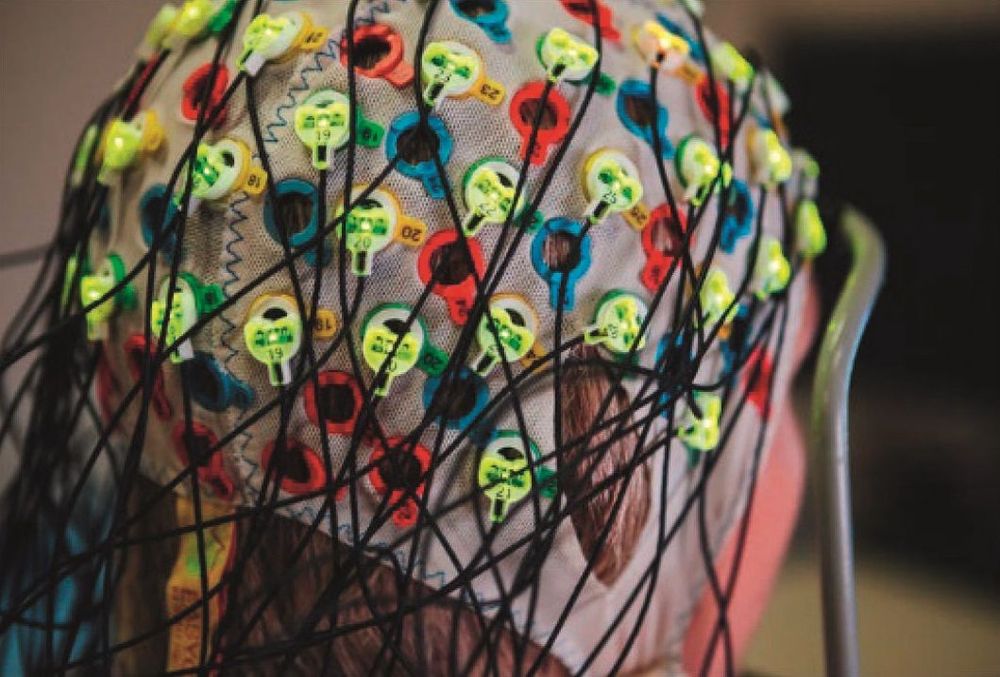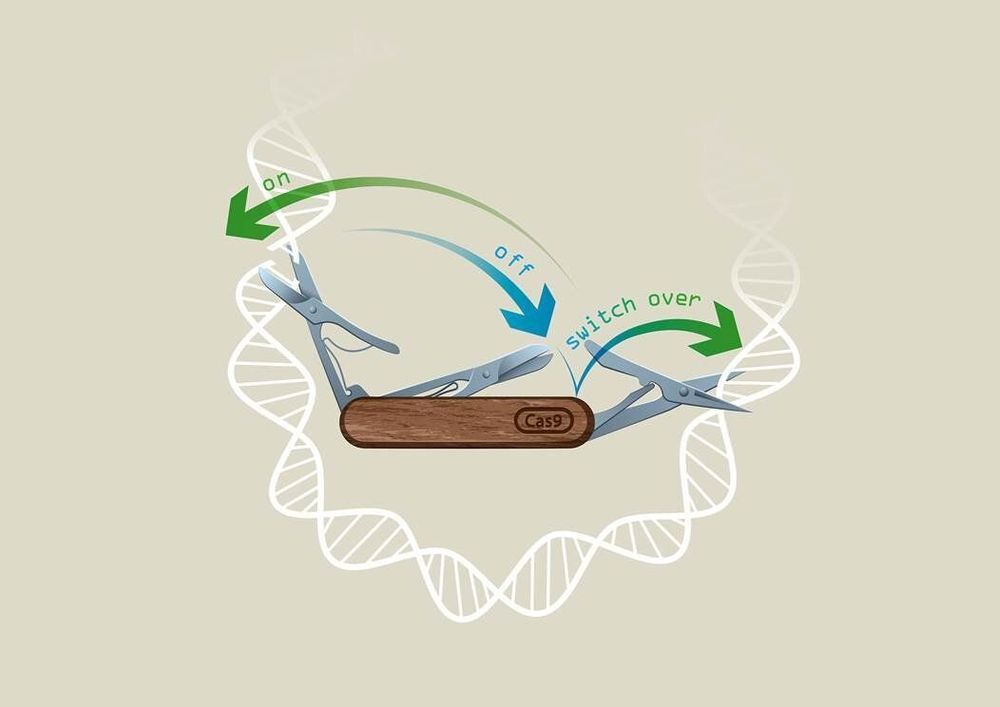This flying motorcycle is straight out of an action movie.
Get the latest international news and world events from around the world.
Cloud Computing Explained
Big tech firms are investing in data centers as they compete for the $214 billion cloud computing market. WSJ explains what cloud computing is, why big tech is betting big on future contracts.
More from the Wall Street Journal:
Visit WSJ.com: http://www.wsj.com
Visit the WSJ Video Center: https://wsj.com/video
On Facebook: https://www.facebook.com/pg/wsj/videos/
On Twitter: https://twitter.com/WSJ
On Snapchat: https://on.wsj.com/2ratjSM
#WSJ #Amazon #Microsoft



Scientists Spot Rare Minimoon Fireball Over Australia
In pouring over data from Australia’s Desert Fireball Network (DFN) — a network of cameras set up across Australia to capture images of minimoon fireballs, or minimoons entering Earth’s atmosphere and burning up — a group of researchers have identified what they think is a minimoon meteor, or fireball.
This is the second time that researchers have identified a TCO blazing through the atmosphere before hitting the ground. In finding the fireball, named DN160822_03, the researchers think that it exploded over the Australian desert on Aug. 22, 2016.
Related: Earth Has ‘Minimoons,’ and They May Solve Asteroid Mysteries.
Cyrus Biotechnology and the Broad Institute of MIT and Harvard Launch Multi-Target Collaboration to Develop Optimized CRISPR Gene Editing Technology
Cyrus Biotechnology in Seattle and Broad Institute of MIT and Harvard launch collaboration to develop optimized CRISPR gene technology.
Cyrus Biotechnology, Inc. Lucas Nivon, 206−258−6561 [email protected]



Harnessing the power of CRISPR in space and time
Researchers in Vienna from Ulrich Elling’s laboratory at IMBA—Institute of Molecular Biotechnology of the Austrian Academy of Sciences—in collaboration with the Vienna BioCenter Core Facilities have developed a revolutionary CRISPR technology called “CRISPR-Switch,” which enables unprecedented control of the CRISPR technique in both space and time.
CRISPR/Cas9 technology is based on a modified version of a bacterial defense system against bacteriophages. One of the landmark discoveries for this technique in fact was laid in Vienna and published in 2012 in a study co-authored by Emmanuelle Charpentier and VBC Ph.D. student, Krzysztof Chylinski. Due to its power to also edit mammalian genomes, CRISPR/Cas9 has rapidly established itself as the most employed gene editing method in laboratories across the world with huge potential to find its way to the clinics to cure rare disease. Just a week ago, the first success in the treatment of sickle cell anemia was announced.
To control the power of genome editing, several groups have worked on systems to control editing activity. Scientists from the lab of Ulrich Elling at IMBA were now able to gain unprecedented control over sgRNA activity, in a system termed “CRISPR-Switch.” The results are published in the renowned journal Nature Communications.

New Fast Charge Technology: 80% Of Battery Power In 1 Minute
How fast does your phone charge? And how fast do you want your future smartphone to charge? At the moment, one of the fastest charging technologies has been presented by Xiaomi. Its 100W charging seems to be from another planet. But the smartphone makers are working hard to overcome this technology. Actually, this has its own reasons. We mean, still, there is no technology allowing the manufacturers to bring more power to the same capacity battery. So as the use applications are getting wider, the companies have to solve the power shortage problem. Seems, new technology has been already developed. And if nothing accidental happens, it will appear on future phones quite soon.